- Home
- slideshows
- miscellaneous
- I visited Singapore, the outlandishly wealthy setting of 'Crazy Rich Asians,' and I was surprised by how much fun you can have even without billions
I visited Singapore, the outlandishly wealthy setting of 'Crazy Rich Asians,' and I was surprised by how much fun you can have even without billions
My trip to Singapore, like most places, started at the airport. But Singapore's Changi International Airport isn't just any airport. It's considered the best in the world. Upon arriving, I found out why.

Though the airport boasts impressive amenities like a free movie theater, a butterfly garden, a rooftop swimming pool, and 24-hour spas, it's the facility's cleanliness and efficiency that the average traveler will notice most. I really enjoyed the airport's abundant green spaces as well.
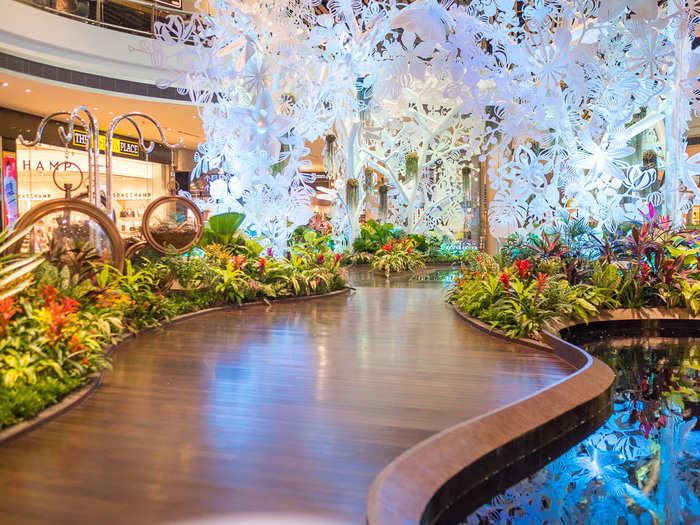
Source: Business Insider
As I rode in a Grab, Singapore's main ride-sharing app, from the airport ($12), it hit me how green the city is. The streets and highways are shaded with umbrella-like rain trees, dense evergreen tembusu trees, and colorful bougainvillea from magenta to crimson.

Source: StraitsTimes, Singapore Government
The city has been known as the "garden city" ever since Lee Kuan Yew, the country's first prime minster, introduced the concept in 1967. His vision was to envelop the city in lush foliage to make it cleaner and more pleasant. His initiative worked. About 1.4 million trees have been planted in the last 40 years and new buildings are routinely covered in greenery.
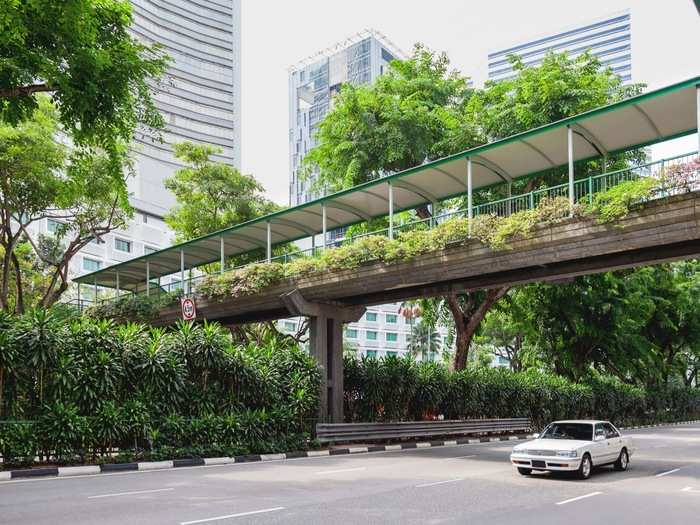
Source: StraitsTimes, Singapore Government
For my first two nights in Singapore, I got a steal at Hotel G for $77 a night. Located near the city center, the chic boutique hotel had tight, clean, well-arranged rooms.
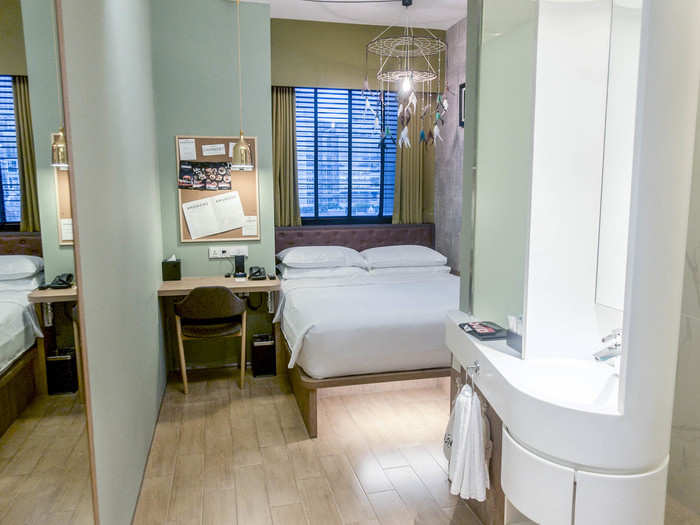
Source: Hotel G Singapore
It was also right near lots of cheap food options, which is not that hard to find in Singapore. The city is stocked with cheap, tasty food. One of my first meals in Singapore was this curry chicken from Killiney, a long-standing coffee shop in the city.
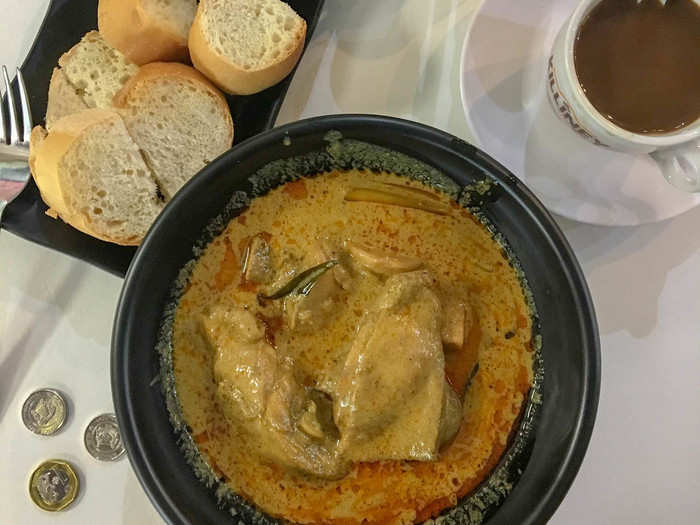
Source: Killiney-Kopitiam
The hotel was right next to Kwan Im Thong Hood Cho Temple. Because of Singapore's diverse population, there are Buddhist temples, Hindu temples, and mosques dotted throughout the city. I didn't actually go in as it was a Buddhist holiday.
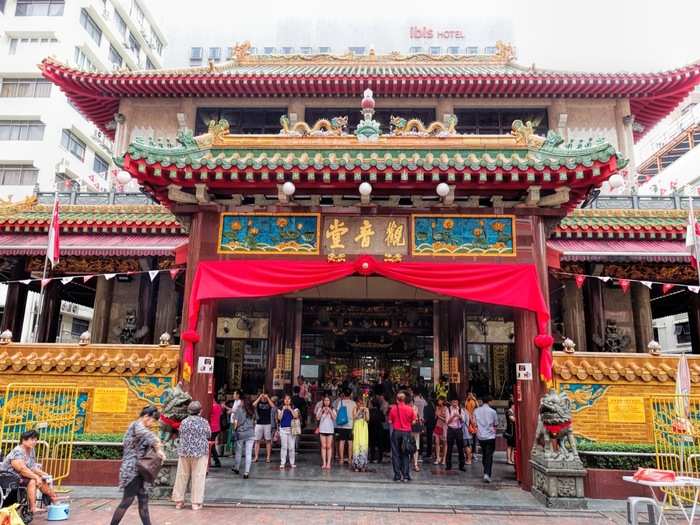
I did spend a few hours wandering through the Bugis Street Market, Singapore's biggest market. While the market has a salacious past, today it is packed with cheap clothes, accessories, and food stalls. It's a classic market often seen in Asia: rambunctious, colorful, and rife with copyright infringement.

Perhaps more than any other place I've visited, you experience Singapore with your mouth. For those in the know, the city is foodie-heaven. The city is split between Chinese, Indian, and Malay people, who each bring their own unique culinary cultures to the city's food scene. The best place to experience the food culture is in Singapore's hawker centers.
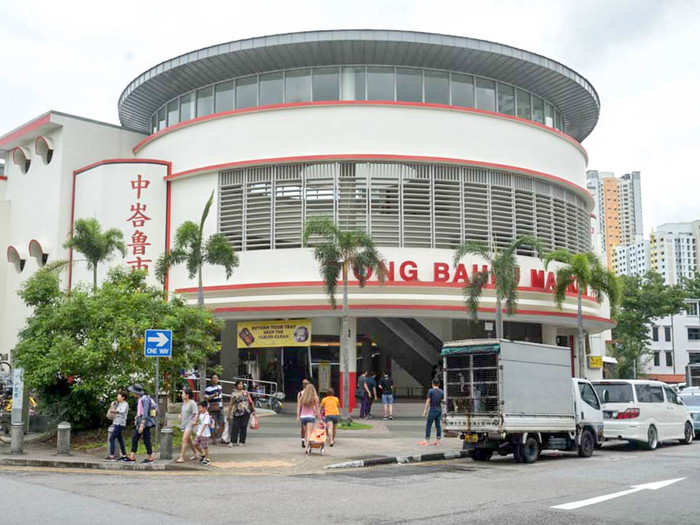
Built in the 1950s and 1960s to make street-food more sanitary, while preserving the local food culture, hawker centers are large open-air complexes of food stalls where Singaporeans eat every day. There are dozens of centers across the city.
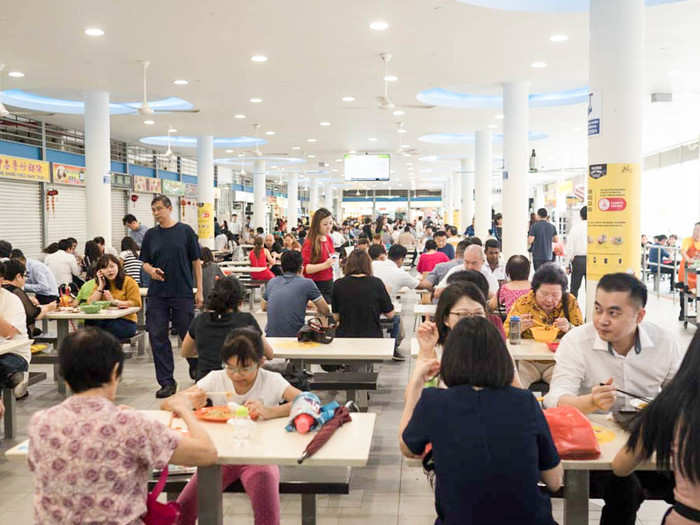
I spent an entire day visiting hawker centers and trying as many of the dishes as I could fit in my stomach. Rarely exceeding $10 a dish, what makes Singaporean food so incredible is the way that it transforms dishes from one culture to another. Case in point: Indian mutton noodles, which incorporates noodles from Chinese cuisine. Indian food doesn't use noodles traditionally.
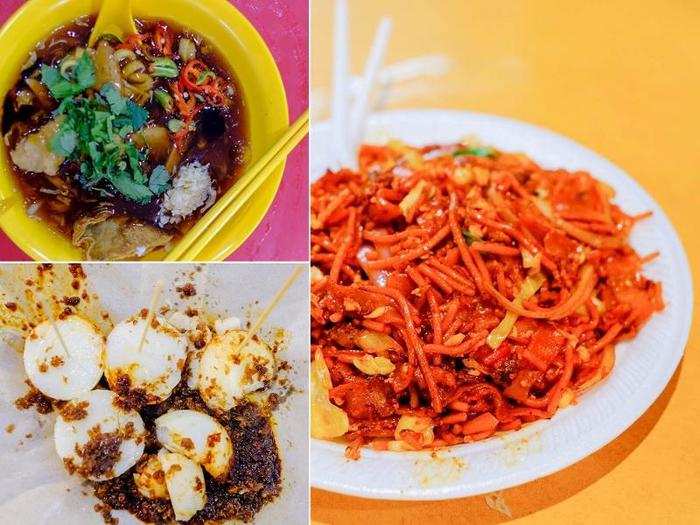
While there are dozens of cooks in each hawker center, most centers specialize in particular dishes or cuisines. At the center in Little India, I had rojak, a traditional fruit and vegetable salad. There are different types of rojak with Chinese, Indian, or Malay flavors, but the basic idea is that you select what you want in your salad and, depending on the items, they might fry them up or serve them fresh with sauces.

To give you an idea of how integral food is to Singapore's culture, when I asked a Grab driver where to eat dinner, he spent the entire 15-minute drive giving me detailed instructions for no less than a dozen restaurants — what to order, the best time to go, how to find the inevitably hidden restaurant or stall.
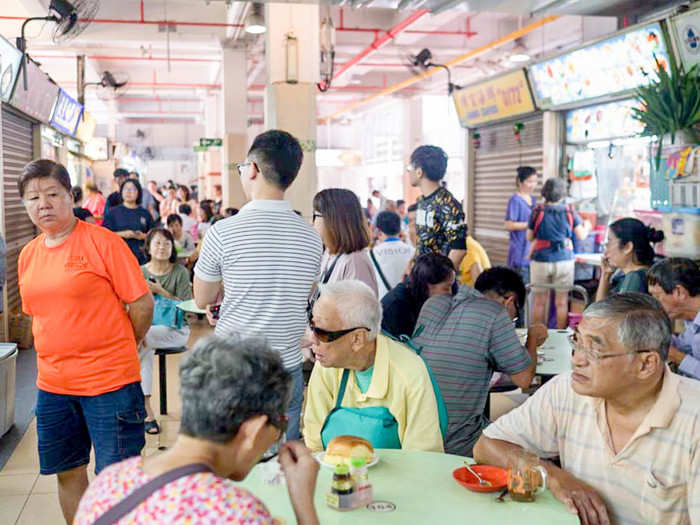
But what I loved most was how accessible it all was. Any Singaporean I met was happy to share favorites or advice, the most valuable of which was: Look for the stall for the longest line. In Singapore, that means it's the best food.
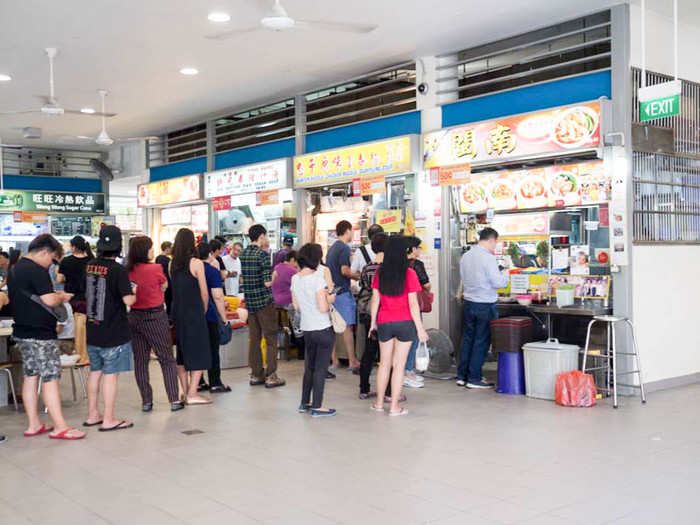
As I walked through the city, I found myself stopping often to take photos of the colorful architecture. Having always thought of Singapore as a business city, I was surprised to see such distinctive architecture — but that's my ignorance. Singapore is well-known for its abundance of Peranakan facades and shophouses.

Peranakan Singaporeans are the descendants of Chinese immigrants who came to the city between the 15th and 17th centuries, eventually intermarrying with the indigenous Malay people. The distinctive culture that resulted is heralded in Singapore and can be seen in the colorful architecture, elaborate clothing styles, and unique food.

One night after eating way too much during the day, I hopped on the metro, or MRT, to Chinatown. Singapore's metro blew me away. It is spotless clean, fast, cheap, and efficient. You can use it to get just about everywhere, very quickly.
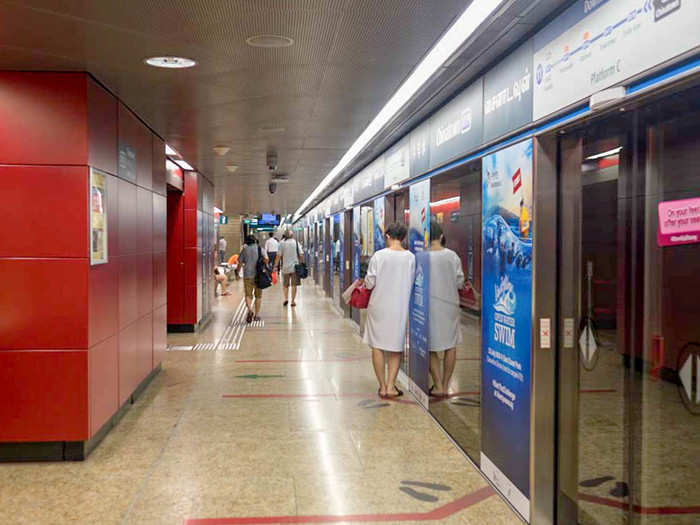
In Chinatown, I decided to do some souvenir shopping. Temple Street is the heart of the neighborhood. The shopping is nothing particularly special, but the shophouses are gorgeous and it all makes for special photos.
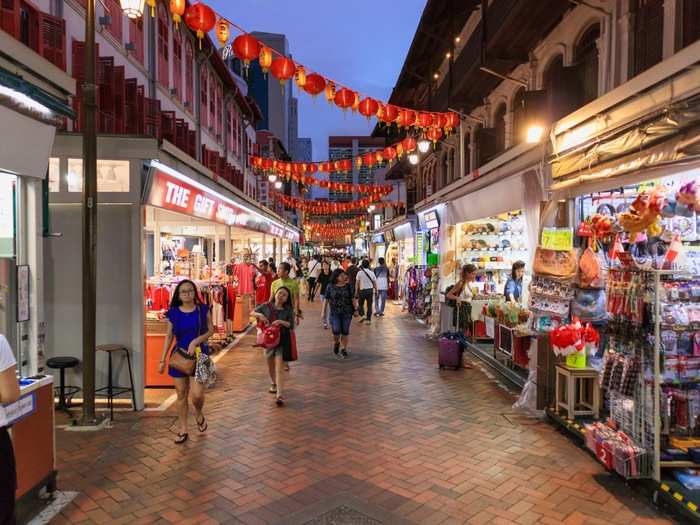
And, many of the restaurants serve chili crab, perhaps one of the most hyped Singaporean dishes. Hefty mud crabs are cooked in sweet, savory tomato-chili sauce. It's one of the more expensive dishes in Singapore, but even so, it's within reach. I had a very tasty plate of two crabs for $40. Obviously it can be much more expensive at the white-tablecloth restaurants.
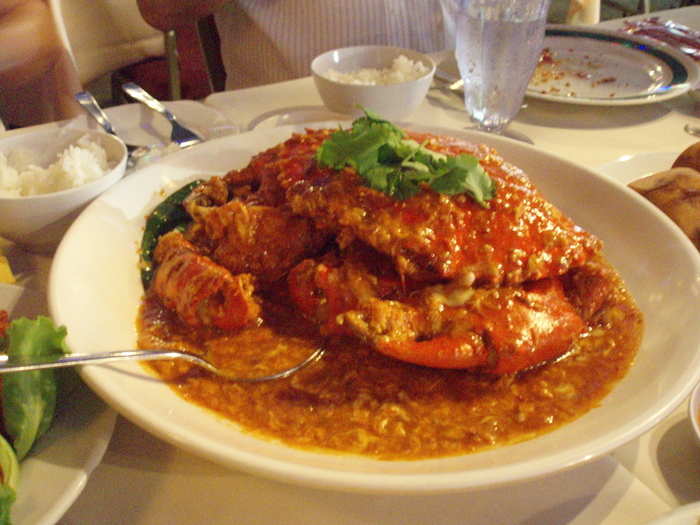
I found better shopping the next day in Kampong Glam, a neighborhood sometimes called the Muslim Quarter due to its ties to the Muslim and Malay communities. The Masjid Sultan mosque is gorgeous jewel at the center of the neighborhood.
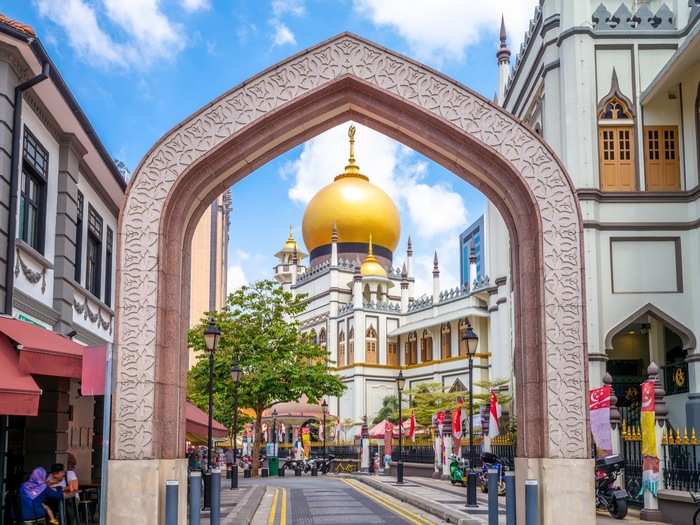
While traditional businesses like textile, carpet, and religious shops still exist, the neighborhood is seeing more and more art galleries, clothing boutiques, cafes, and other hallmarks of global hipsterdom.

Haji Lane, a narrow street in Kampong Glam, is the focal point of the development. You can easily spend a day wandering in the funky shops, eating or drinking at the cafes, or taking photos in front of the colorful graffiti walls.

Singapore's mix-and-match food culture continues to evolve. This ice cream dish from Moosh was a take on onde-onde, a traditional dessert of rice cake balls filled with sugar and coated in coconut. Only serious sweet-tooths need apply.
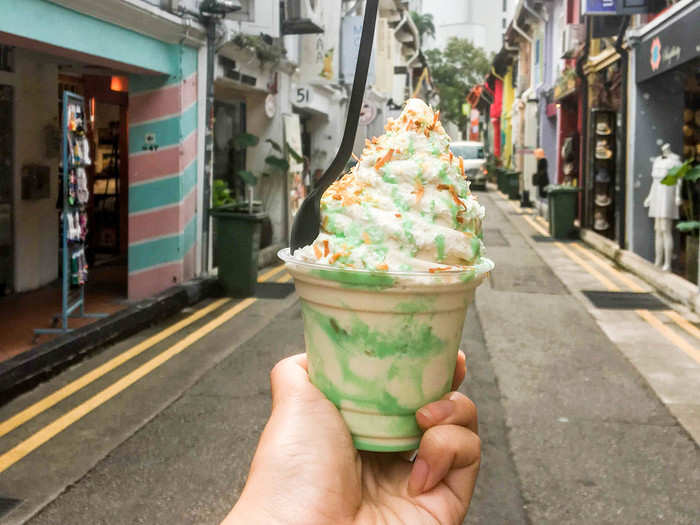
Source: Moosh
The following morning, I headed back to Chinatown to meet Chan Hon Meng, also known as Hawker Chan, the owner and chef of Liao Fan Hong Kong Soya Sauce Chicken Rice and Noodle. His hawker stall became the cheapest restaurant to earn a Michelin Star in 2016. His soya sauce chicken rice sells for less than $4.
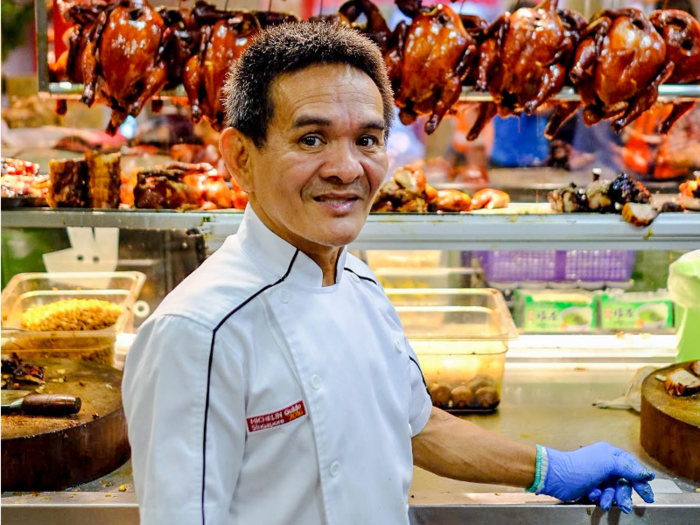
Source: The National
Later, I headed to Sentosa, a former British military base turned into an island of resorts. There, I visited Universal Studios Singapore, one of the properties that is part of Resorts World Sentosa. It includes casinos, a waterpark, hotels, and the theme park.

Honestly, it was my least favorite part of Singapore. There's just nothing particularly distinctive about it for an international tourist. That said, I did appreciate that it seemed to be a place of leisure for regular Singaporeans. Everyone seemed to be enjoying the balmy June day hopping on roller coasters.
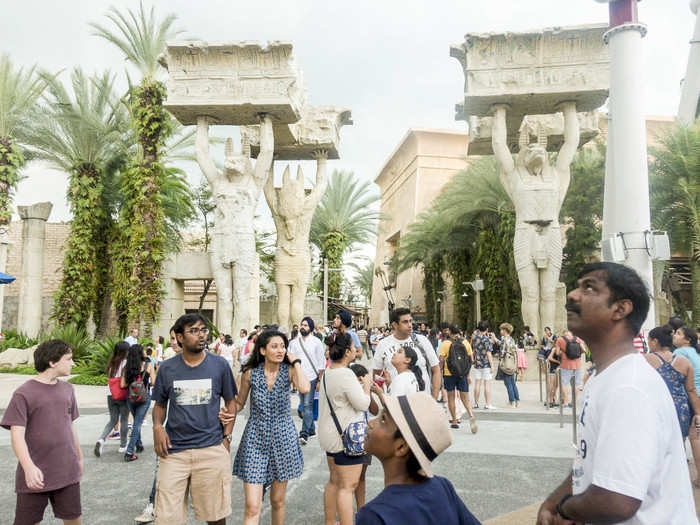
After the theme park, I headed to my second hotel. This was admittedly a big step up. I was staying at Marina Bay Sands, a landmark $6.6 billion mega-hotel, featuring a casino, museum, shopping mall, and incredible views of the city and the bay.
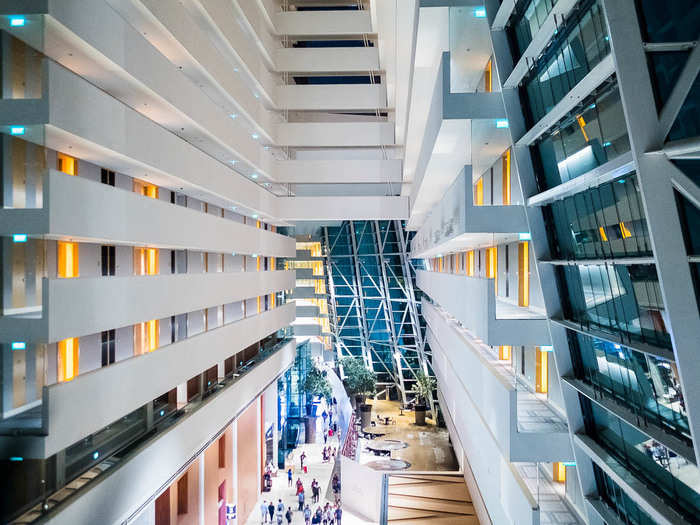
Source: Marina Bay Sands
The Marina Bay Sands is as much an iconic landmark in Singapore as anything else. Most will recognize the futuristic architecture, which was designed to look like a ship floating on the three towers.
The bed in my hotel room was super comfy, as expected, but the decor was all very dated. It seemed like it was cutting edge when it opened, but now it’s kind of drab for a hotel that costs $500 a night minimum. Honestly, I felt more bang for my buck in Hotel G.

The real star of the hotel is the Sands Skypark, which has the world's largest rooftop infinity pool — and it's only available for hotel guests. At 57 stories up and overlooking the Singapore skyline, it makes for quite a pool day. I spent the morning after my first night floating in the water.
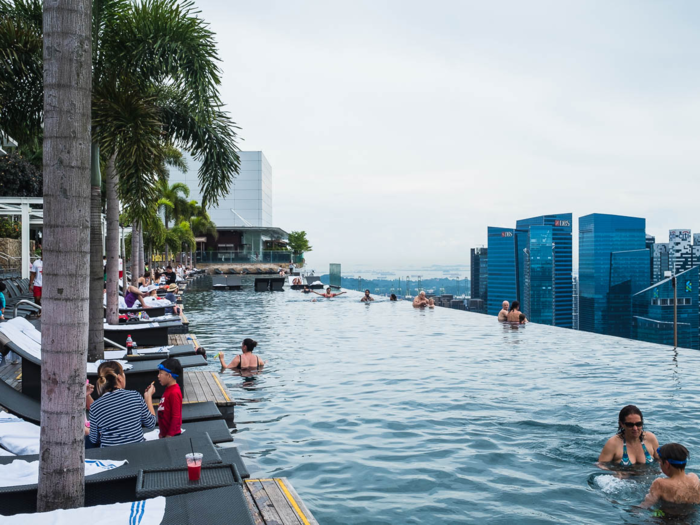
The Marina Bay Sands did provide a perfect view of Gardens By The Bay, the futuristic park featuring more than a million plants, the world's largest glass greenhouse, and a grove of 160-foot tall "supertrees."
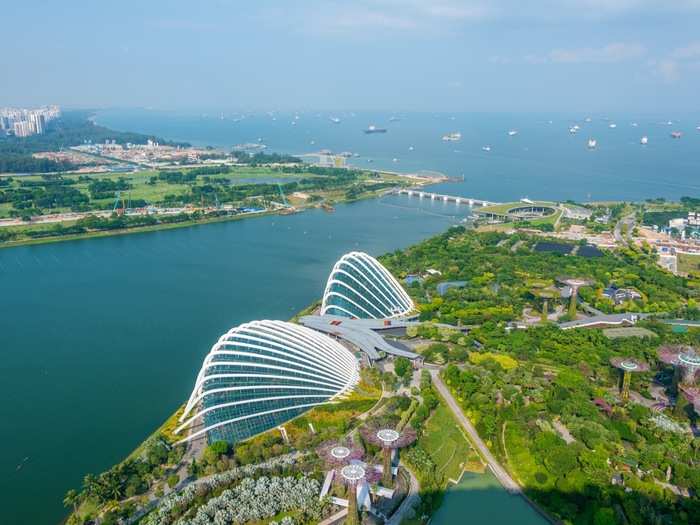
Source: Business Insider
In the afternoon, I headed there see if it lived up to the hype. Most people know about the Gardens By The Bay because of the Supertree Grove, 12 tree-like structures that act as vertical gardens and range from 82 feet tall to 160 feet tall.
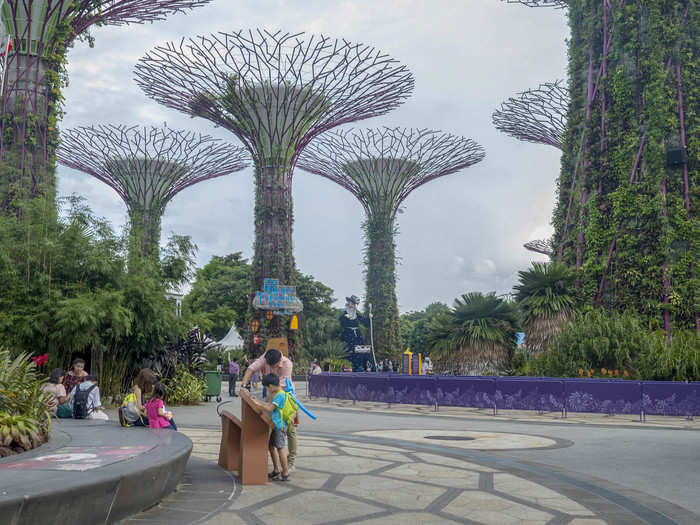
Source: Business Insider
But the park's real stars are the biodomes. There is the 129,000 square-foot "Flower Dome" and the 86,000 square-foot "Cloud Forest." The Flower Dome is maintained to have a semi-arid, sub-tropical climate ideal and features plants from places like the Mediterranean, California, Australia, Chile, and South Africa.
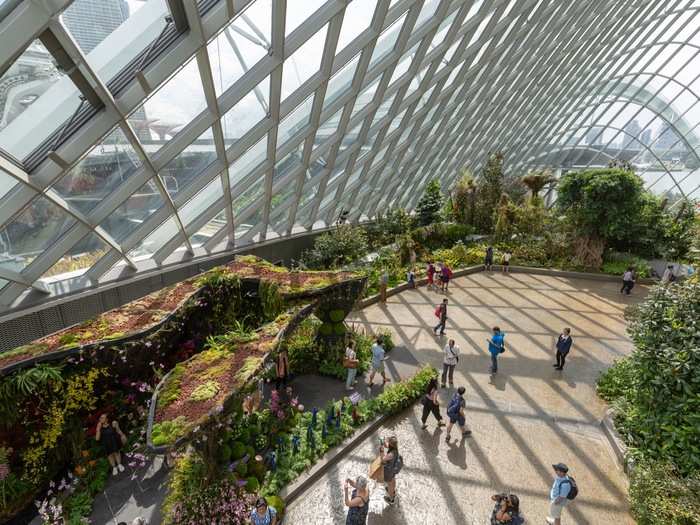
Source: Business Insider
The Cloud Forest conservatory is smaller than the Flower Dome, but it might be more impressive. Its climate mimics that of mist-covered tropical highlands and contains 72,000 plants. You can walk on a skyway that encircles a 115 foot-tall "mountain" with the world's tallest indoor waterfall.
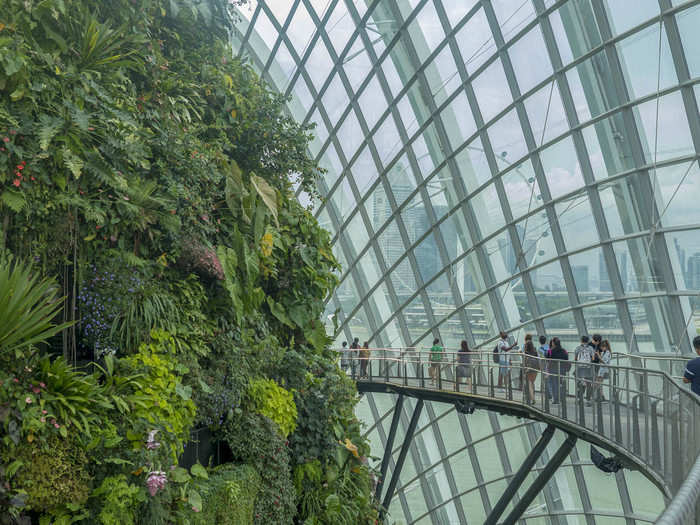
Source: Business Insider
After the biodomes, I headed to the "supertree" grove. The design of the Supertrees is inspired by the Karri trees of Australia and the magical forest in the classic Japanese film "Princess Mononoke." I walked along a suspended walkway that provided a vertigo-inducing view of the trees.
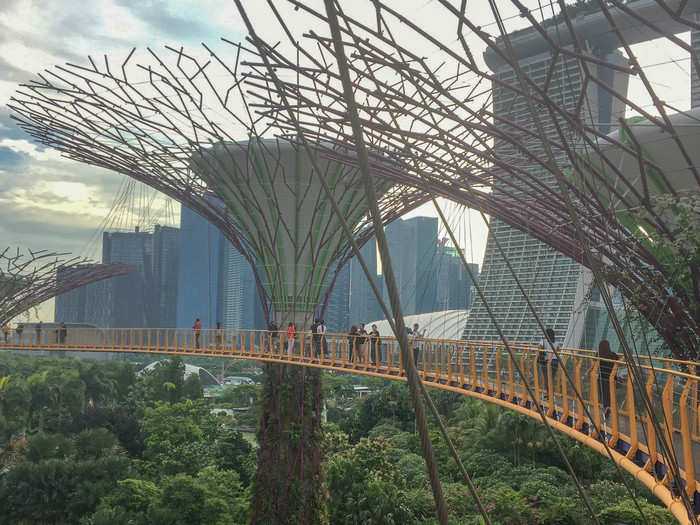
Source: Business Insider
The "trees' are covered with 162,900 plants from 200 species on panels attached to the reddish trellises. This was my favorite view of the "trees." The idea behind the trees is that the longer they are maintained, the more dense the greenery will become. In 10 or 20 years, you won't be able to see any of the trellises.
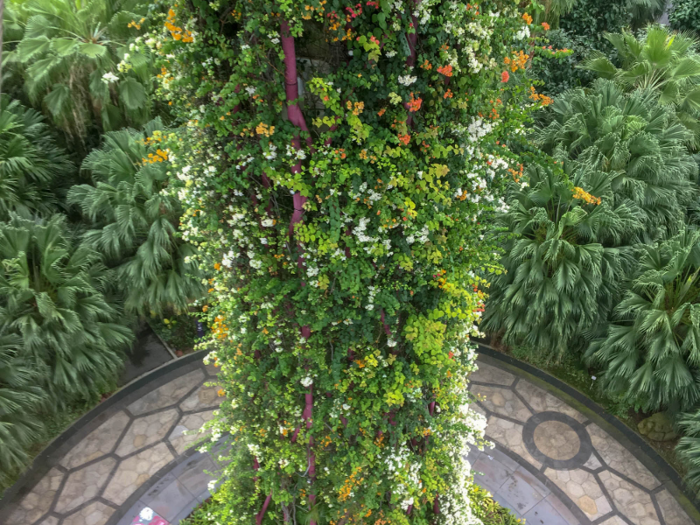
Source: Business Insider
At night, the trees light up in coordination with music. Called the Garden Rhapsody, the light and music show happens twice a night. The music changes from night to night. When I was there, the thunderous peals from popular movies like "Indiana Jones" and "Star Wars" played.

Source: Business Insider
On my last night in Singapore, I finally got a chance to check out the nightlife. After the night was over, I was upset, I didn't go out earlier. The city has a burgeoning, creative cocktail scene that rivals that of even New York or London. I started my night at The Spiffy Dapper. You got to love a bar whose menu includes a guide to "bars better than us."
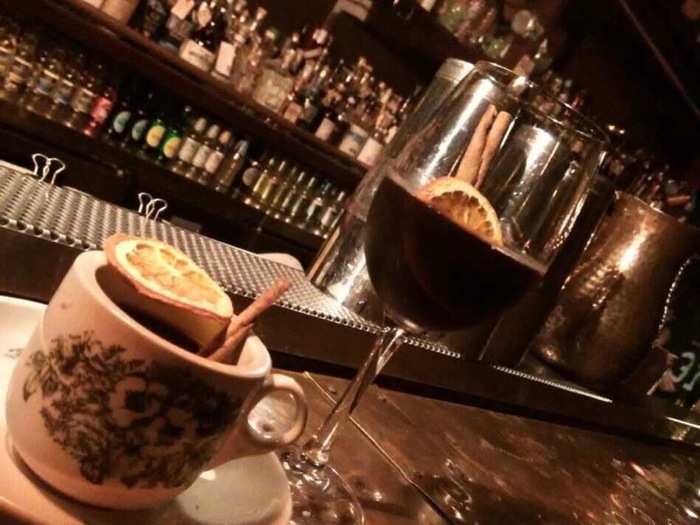
Source: Spiffy Dapper, Bloomberg
Speakeasy culture may be everywhere these days, but Singapore's cocktail bars stood out for their uniqueness, approachability, and communal spirit. Every bartender I spoke to seemed excited to try out a new concoction or recommend another bar I should visit. I particularly liked Potato Head, a three-story bar with beach vibes, eclectic decor, and great music.

Source: Potato Head
On my last day, I visited the ArtScience Museum. Located within the Marina Bay Sands, it could have been lame. But the museum seemed genuinely engaged in thinking about what a museum in the future looks like, by providing museum-goers with lots of interactivity.
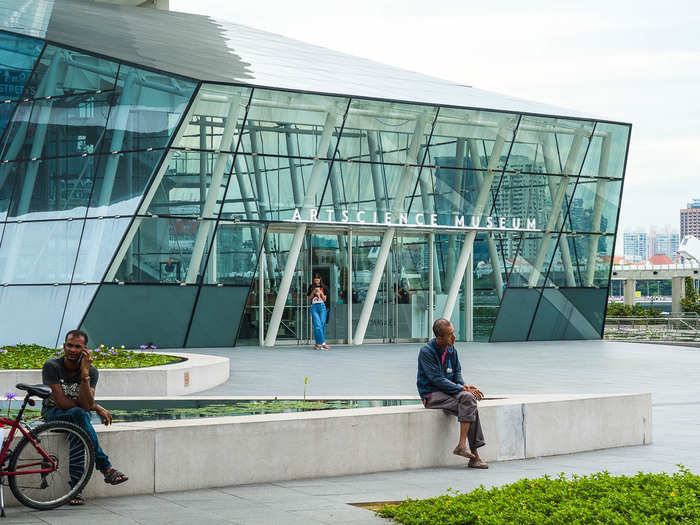
Source: Marina Bay Sands
While I was there, the main exhibit was Futureworld ($9.50 for a ticket), created in collaboration with a Japanese art collective. It showcased the museum's mission of highlighting the intersections of art and technology. I was particularly moved by 'Black Waves,' a kind of moving digital painting mapped onto the walls of the room. It enveloped viewers in a moving ocean that mimicked that of Japanese pre-modern paintings.

Source: Marina Bay Sands
By the time I left Singapore, I found that my perception of what I expected the city to be was light-years away from the vibrant city I found. I had expected a cloistered metropolis of luxury shopping malls, casinos, and hotels. While those elements are there, the real Singapore was accessible, colorful, and a ton of fun.

Popular Right Now
Popular Keywords
Advertisement